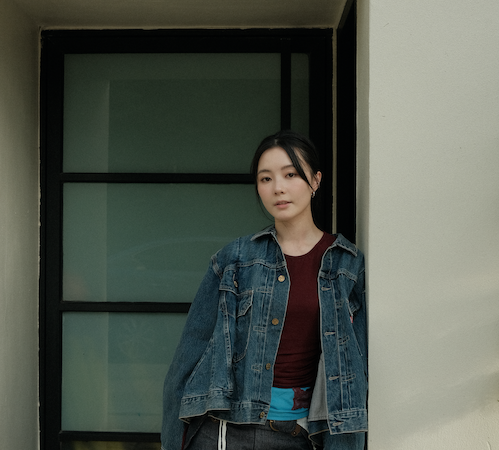
When it comes to sustainability, it’s easy to blame its lack on unethical owners of brands and polluting factories in faraway lands. But responsibility for making the clothing industry anywhere near sustainable lies not only with manufacturers, brands and retailers, but also with us, the consumers. We should buy fewer clothes, and take more care of the clothes we already own. “Buy better, buy less,” is the new mantra.
Sustainability is no longer an option for global organisations. In the world of luxury, where the word quality is so widely used, the paradigm has shifted in the past half-decade. There is no quality if the product is unsustainably produced. Sustainability is the ultimate gauge of quality. But communicating the idea of sustainability has been difficult. Companies should give a new meaning to sustainability, beyond sending the message that they are doing good. Creative people need to find a new language for talking about sustainability. Their creations should appeal to customers artistically as well as practically and economically. All creative people have a responsibility to support sustainability.
At a Prada sustainability conference, Shaping a Creative Future, in Milan two months ago, Dilys Williams, a lecturer in sustainability at the London College of Fashion, stressed the need for greater understanding of the business. “Design and sustainability in other sectors is very rational, compared to the fashion sector,” Williams says. “Sustainability is an interesting space. We all need to be able to talk about what we do not know yet. Sustainability is a shared sense of learning together.” And we must shift our mindsets, she says. “We’re not looking inwards at diminishing resources. We are looking at an expansion of possibility. It means capturing business opportunity by seizing sustainability opportunities.”
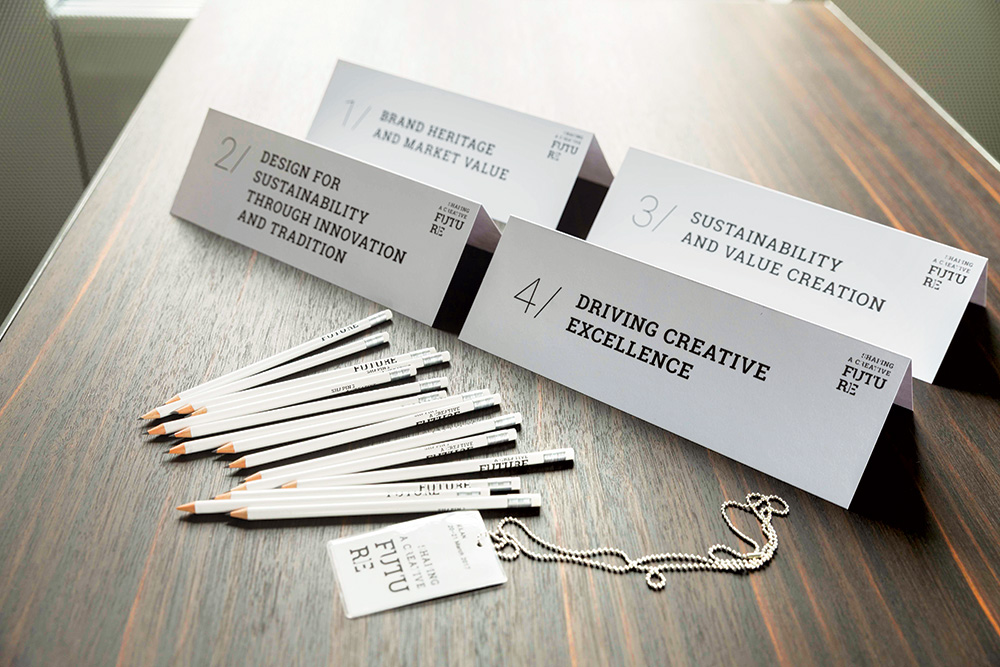
That’s something Nike took on board when it projected a bold new vision for 2020 and set targets for making that vision real. The manufacturer of sportswear and shoes sees sustainable innovation as a powerful engine for growth. “At Nike, we believe it is not enough to adapt to what the future may bring,” Nike chief executive Mark Parker says. “Today, we’re creating the future we want to see through sustainable innovation.”
Nike is endeavouring to double the business it does while halving its harm. It is trying to reduce the footprint of its products on the environment to the minimum throughout their existence. It is looking at the amount of energy and water it uses and the amount of carbon and waste it produces to find novel ways to use or produce less of each and, where possible, reuse more. For example, about 60 per cent of the harm a pair of Nike shoes does to the environment is due to the materials it is made of. So Nike is investing in creating a new set of materials that are reusable. It already uses recycled materials in 71 per cent of its shoes and clothes.

Our culture is changing, too. The sine qua non of fashion is change, and fashion is often the leader of culture – or it was, until 2005. In or about that year, fashion became the follower of culture, striving to keep up by reacting to changes in demand and developing in tandem with technology. Technology is driving fashion, and the companies that know it are best placed to profit. The consequence is fast fashion – the result of what Dutch avant-garde designer Iris van Herpen calls the “globalisation and wholesale-isation” of fashion, which gives preference to quantity rather than quality and to speed rather than substance.
Paradoxically, Stella McCartney, an eco-trend pioneer before it became fashionable, is on the side of fast fashion. “The high street is actually much more in tune because they’re trying to get fair trade and organic products,” she argues. Fast fashion and sustainability may seem mutually contradictory but it depends on your point of view.

In March, the second-largest retailer of fashions in the world, H&M of Sweden, invited #legend to Beijing for the launch of its latest Conscious Exclusive collection. Since it started the line in 2011, H&M has used different eco-friendly materials in every collection. This year it introduced a new sustainable material called Bionic, a polyester made from plastic retrieved from stretches of water and shoreline. One dress is made entirely of Bionic. Other pieces in the collection contain other sustainable materials, such as recycled polyester and organically produced cotton, linen and silk. The collection includes for the first time perfume made with ingredients certified as organic by Ecocert.
In Beijing, we spoke with H&M sustainability expert Cecilia Strömblad Brännsten, and to the company’s concept designer, Ella Soccorsi. “The greatest misconception people have about sustainable fashion is that the price and sustainability must go along,” says Brännsten. “At H&M, we want to show that sustainable fashion could be affordable and is for everyone, not only the select few. It is also part of our business idea to provide fashion with quality at the best price, in a sustainable way. That should include everything we do, from how we work with our suppliers, how we work on our products, the logistics etcetera. For everything we do, we incorporate sustainability.”
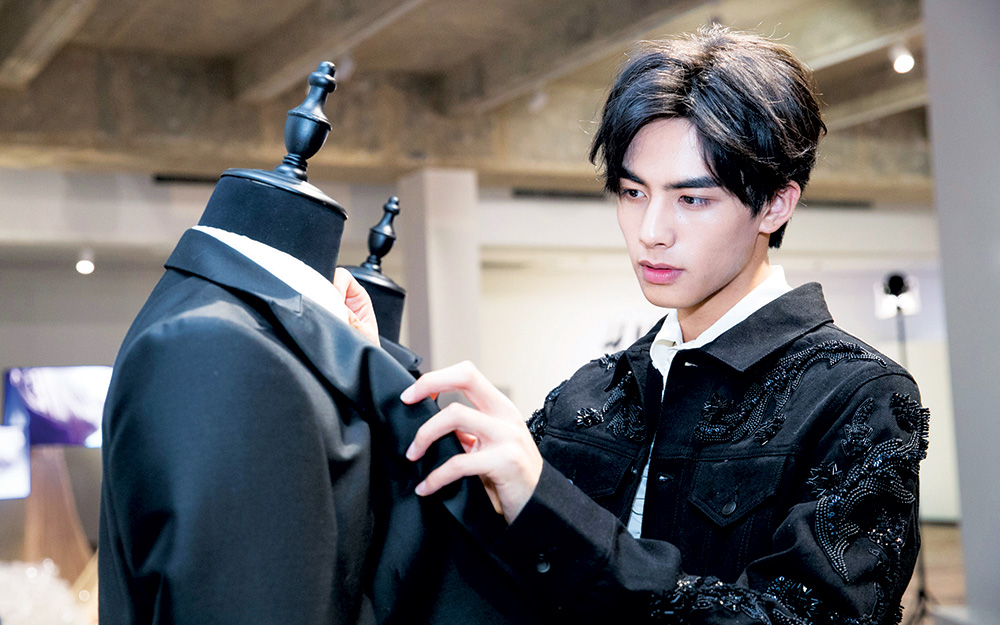
H&M commonly outsources its work to other companies, which outsource their work to yet more companies. Some 1.6 million people employed by other companies work on H&M products. So it is difficult for the retailer and companies like it to ensure the human rights of every employee up and down the supply chain are respected, that the terms and conditions of employment are fair and that the work the employees do renders least possible damage to the environment.
Should H&M be held accountable if it outsources work to an approved supplier, which then subcontracts the work to another unapproved supplier without the consent of H&M? The company declines to say yes or no, but at least acknowledges that it can find itself in such a predicament.
The H&M sustainability report for 2016 says: “Neither we nor our competitors have a direct business relationship with many of our second- and third-tier suppliers.” In 2013, H&M became the first fashion retailer of its size to publicly disclose a list of its primary suppliers. Last year the company added its secondary suppliers to the list.
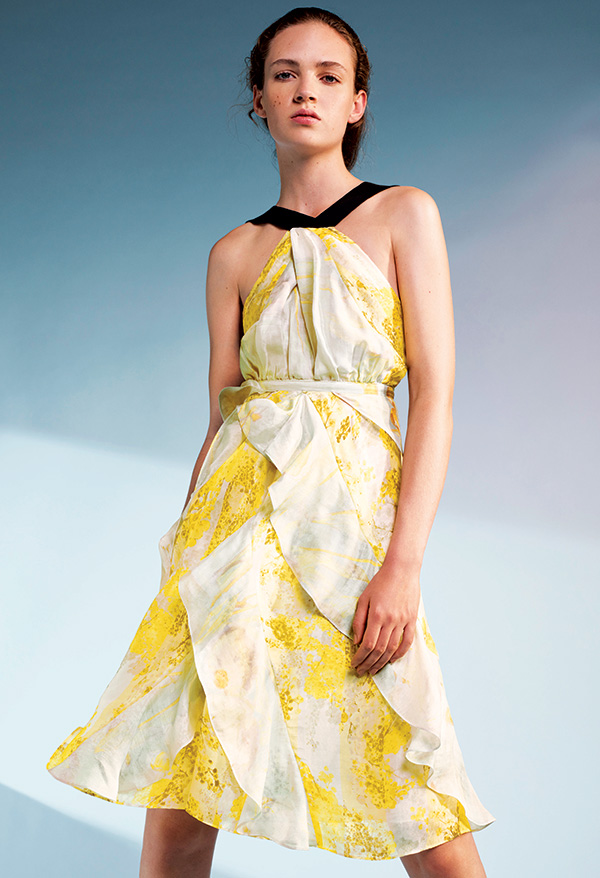
H&M is a leading proponent of sustainability in its industry. It was the first fashion retailer to subscribe to the Accord on Fire and Building Safety in Bangladesh, and it remains the largest such company to have subscribed. H&M is the world’s biggest user of Better Cotton, a fibre that meets improved standards in the fibre’s supply chains and in its production. At present, 43 per cent of the cotton the company uses is sustainably grown and it has promised that by 2020 all its cotton will come from sustainable sources.
“We work with big volumes at H&M,” Soccorsi says. “And when we do something that is sustainable, we can reach out to the masses. And what we do at H&M is, we give sustainability to the masses. We make it available for everybody. So it is a very democratic way of spreading sustainability,” she says. “I think it is amazing that everyone can have something like this. It is not a luxury.”
Brännsten adds: “I think one of the beauties with sustainability is that we collaborate with a lot of other brands on this issue to drive sustainable development. We collaborated with high fashion brands like Stella McCartney, and also brands including Zara, Marks and Spencer, Nike and Adidas. We work with the whole industry, basically. Also, I think the business of sustainability is not competitive, it is collaborative. We can make great change together.”
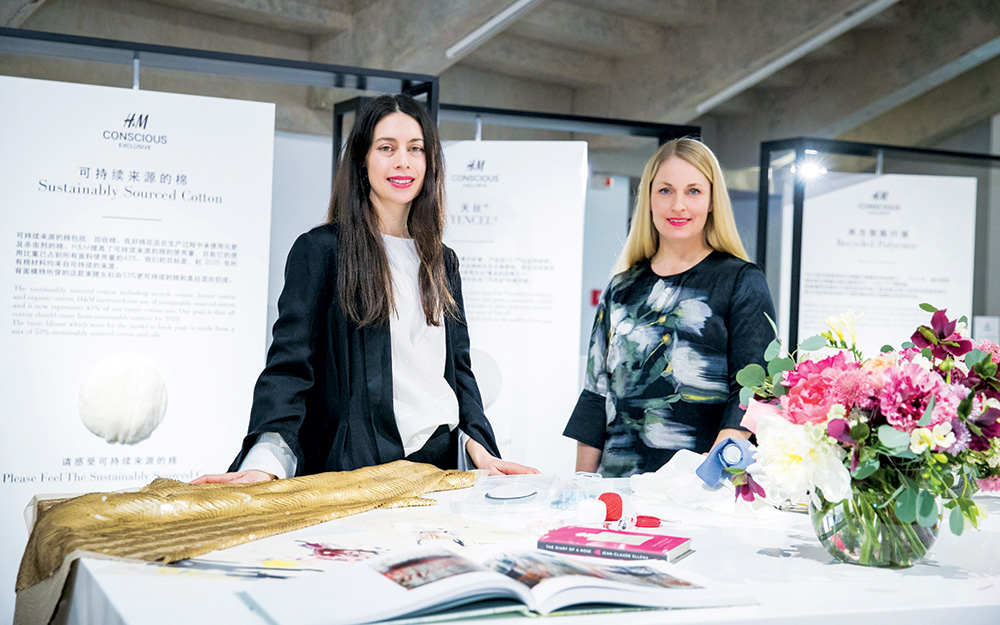
The clothes sold by a retailer so big, which are mass-produced cheaply and quickly, can never be truly sustainably produced, no matter how sincere the producer is about trying. In an age when buying a new phone every year and refreshing your wardrobe every month is quite ordinary, it’s easy to forget that the seemingly endless options are made with resources that may run out one day, and are made by workers that may be treated inhumanely.
Fashion is like fine dining: it is desirable, but unnecessary. We eat to survive but we dine to be gratified. We wear clothes for practical purposes but we wear beautiful attire to express ourselves and impress others. In gratifying our desires, any green-tinged, fast-fashion label is the lesser of two evils. One day, perhaps, 3D printing of clothes and accessories will be the norm and the same wodge of material can be worn, in a different shape or form of our choosing, over and over again.
“I definitely think anything is possible, given the way technology is moving forward,” says Soccorsi. “There is so much going on out there and we are just at the beginning of this road.”
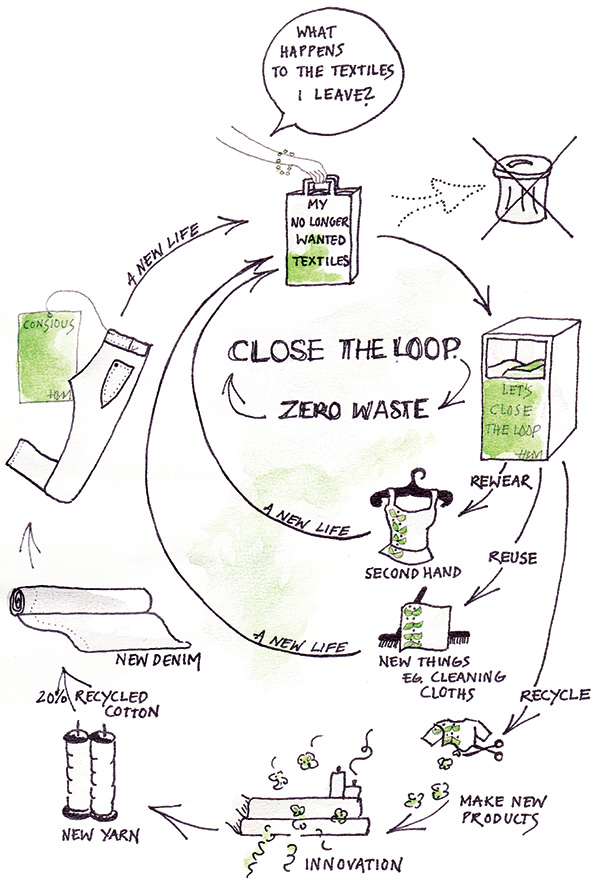
This article first appeared in the June 2017 issue of #legend magazine


